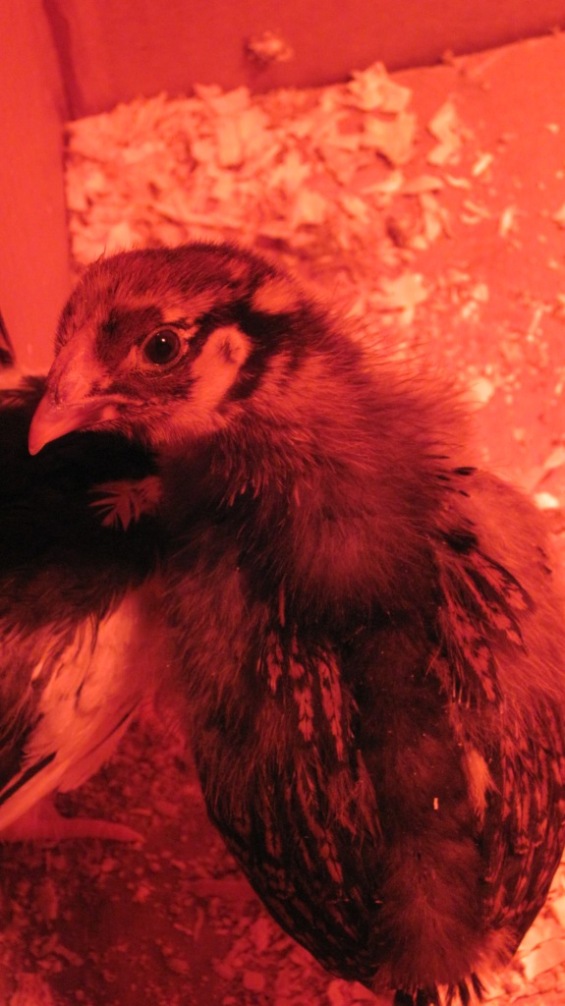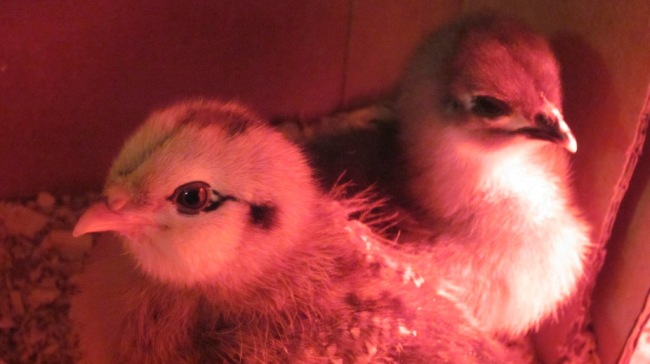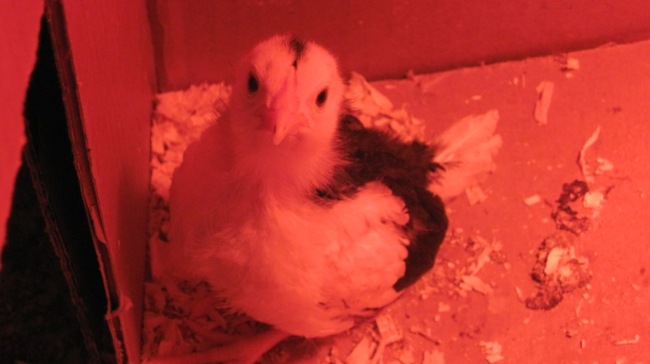Not to start off my post with a downer, but I just have to say that my heart goes out to all those folks in the Southeastern U.S. tonight who are cleaning up from yesterday’s tornadoes, or who are dealing with them tonight, right now as I write this post. The one that hit Vilonia, Arkansas, hits particularly close to home for me because Vilonia is only about 10 miles north of where I used to live just a few years ago. In fact, a tornado hit Vilonia nearly 3 years ago to the day, so I especially feel for the people who are dealing with the devastation and destruction and heartache of losing their town again. I still have many friends who live in the area, and all of my family is scattered throughout the state. Fortunately, I do not know of anyone who lost a home or a loved one, though that may change as more information becomes available. I can honestly say that I do not miss the severe weather of the South. These days I live in an area of the Rocky Mountains that is prone to earthquakes, wildfires, and blizzards, but I will take those hazards ANY DAY over tornadoes. But for today, I am simply thankful that my family is safe.
On my pre-work walk with The Stinker this morning, I decided to take my camera and snap a few photos of the wildflowers. They have been blooming for a little over a week now, and these small-flowered beauties are hitting their peak. I wanted to get them before they began fading, otherwise, I’d have to wait an entire year for the opportunity to see them again! Time to botanize….
Dodecatheon pullchellum, known as the shootingstar, reminds me of badminton birdies. It is in the primrose family (Primulaceae). I like how its petals fold backwards, exposing the anthers. This particular flower, because of its unique flower shape, is pollinated by bees through a process known as ‘buzz pollination.’ A bee lands on the flower, buzzes its wings, and that causes the pollen to shake onto the bee. When the bee visits the next flower, some of the pollen will rub off onto that flowers stigma which fertilizes the flower so it will set seed. A beautiful process!
This next photo has a few species of flower, including a Phlox (pink flowers) and a Draba (yellow flowers). Phlox is in the Phlox family (Polmoniaceae) and Draba is in the mustard family (Brassicaceae). I’m pretty sure the grayish green leaves in the middle belong to Antennaria, the pussytoes, which are in the sunflower family (Asteraceae).
On to the baby chicks, which are growing quickly!
The Gold-laced Wyandotte is starting to get her pretty feathers.
My Araucana, the green egg layer, and ‘Little Miss Blue,’ (in the back) as we call her. She’s growing, but she’s still the littlest one. But she starting to get real tail feathers finally! And her feet feathers are coming in nicely, too.
The Ancona is the largest, and oldest, chick. She looks peeved in this photo. She is right on the verge of entering that awkward ‘chicken-dinosaur’ phase. it’s like the teenage years for chickens (only without the braces), and fortunately it lasts for just a couple of weeks. After that, they look like adult hens except that they are smaller.
As soon as we have a nice warm, sunny day I’m going to take these little girls outside for a little bit. I want to let them walk around in the grass, meet the older chickens (with a protective barrier between them, of course), and stretch their little legs and wings. As quickly as they are growing, they are going to need it. And the sooner the older hens meet these girls and get used to the fact that they are going to have company in the backyard very soon, the better off they all will be…I hope.





